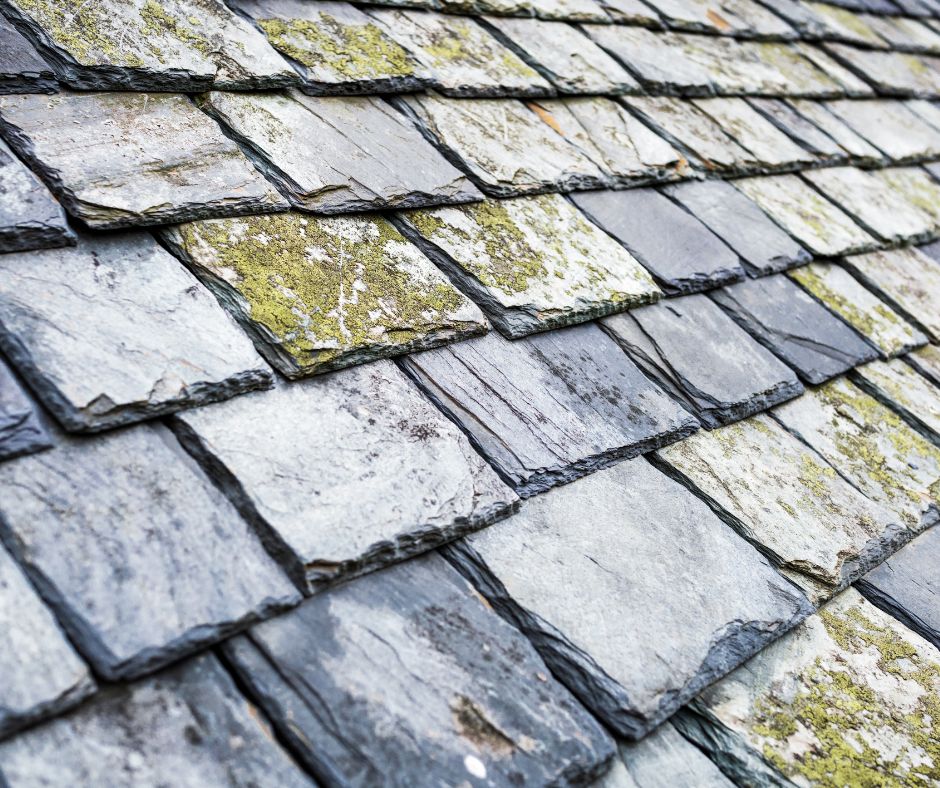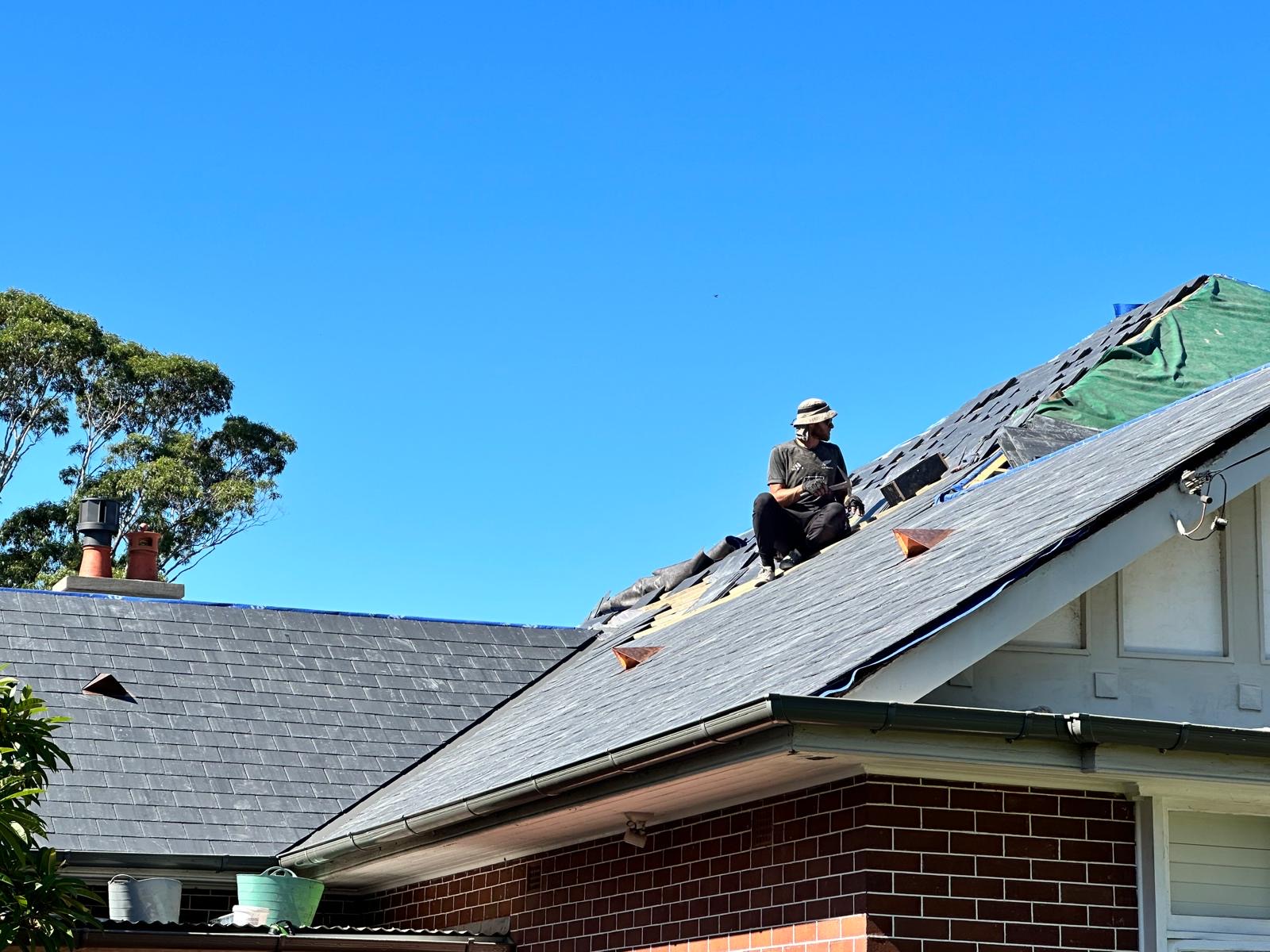Quickly Spot Essential Indicators of Slate Roof Damage
If you observe issues such as displaced or broken tiles, noticeable water stains on ceilings, compromised flashing, cracked ridge mortar, or an accumulation of slate debris in your gutters, your slate roof may require immediate repairs. Additional concerning signs include visible sagging, unexpected leaks following rainfall, or indications of water damage around chimneys and roof valleys. To prevent potentially expensive structural damage and to safeguard the longevity of your roofing investment, it is crucial to schedule routine roof inspections. Timely detection of these issues can save you from extensive and costly repairs down the line.

Understanding Water Damage Risks from a Leaking Roof
Many homeowners are unaware of problems with their slate roofs until they notice unsightly water stains appearing on ceilings or water marks developing on walls. Although slate roofs are celebrated for their remarkable durability and longevity, they can succumb to wear and tear over time. Elements such as nails may corrode, flashing can become dislodged, and a few tiles may shift enough to allow water infiltration. Surprisingly, a persistent minor leak, rather than a significant storm, can lead to substantial damage, gradually worsening the condition over time.
Recognising early warning signs can save you from incurring much larger repair expenses later on. Here are key indicators that suggest your slate roof needs professional assessment and repair.
1. Spotting Water Marks on Ceilings as Crucial Warning Signs
The emergence of a yellow-brown ring on your ceiling signifies much more than just a stain; it acts as a vital warning signal. Water can travel through internal structures for several metres before finally dripping onto a ceiling area. By the time you notice it, the leak has often been present for a considerable duration. Typically, water enters at roof joints or near gutter installations, with the marks commonly appearing in cornice areas, near chimneys, or beneath roof valleys. It’s essential to take ceiling stains seriously.
2. Identifying Shifting or Uneven Slate Tiles as a Major Concern
Slate tiles are installed in tightly arranged rows, and if even one tile begins to shift or dip, it often indicates that the underlying nail has failed. Should multiple tiles present this issue, it may suggest that the battens or underlay have become compromised. While a couple of loose tiles might be a straightforward fix, a larger area of displaced tiles indicates that your roof requires immediate attention to avert further damage.
3. Discovering Slate Fragments in Gutters or on the Ground as a Red Flag
If you find fragments of slate scattered within your gutters or, worse, on the ground following wind or rain, it typically signifies that the tiles are cracking or crumbling. This deterioration can occur due to age, impact, or loose fixings. This issue serves as one of the earliest indicators that your roof requires inspection and potential repairs, even if it appears visually acceptable from the street.
4. Evaluating Warped, Lifted, or Rusty Flashings for Potential Water Entry Points
Lead flashing is designed to protect critical joints around chimneys, skylights, and roof valleys. If the flashing becomes cracked, lifted, or begins to corrode, it creates an entry point for water. While this damage might be challenging to spot from the ground, it is often evident from the rooftop. If your roof is older than 20 years and the flashing has not been replaced, it may be prudent to consider an upgrade to prevent further complications.
5. Addressing Cracked Mortar Along the Ridge or Gables Before Severe Issues Develop
Cracked or loose ridge capping is a common concern with older roofs. Natural elements such as rain, wind, and sun gradually degrade the mortar over time. If this issue isn’t addressed swiftly, it can lead to water seeping beneath the tiles. Typically, this issue can be remedied with a simple repair instead of necessitating a complete re-roofing, provided it is identified early enough.
6. Listening for Unusual Ticking or Dripping Noises After Heavy Rain as an Alarm
This might sound strange, but one of the initial signs of a leaking slate roof is the sounds it produces. If you hear ticking, dripping, or the sound of water trickling down inside walls following a storm, this should raise immediate alarm bells. It indicates that water is moving behind the scenes, signalling the urgent need for professional intervention before the next rainfall exacerbates the situation.
7. Scrutinising Recent Roofing Work for Potential Damage
It is more common than you may think to encounter issues following recent roofing work. Scaffolding from other trades, solar panel installations, or gutter repairs can inadvertently cause damage to slate tiles. Even traversing a slate roof without proper knowledge of foot placement can lead to cracking or dislodging tiles. If you've noticed changes after any roofing work was completed, it is advisable to have it inspected to ensure the integrity of your roof.

Taking Proactive Steps: Schedule Your Comprehensive Inspection Today
If any of these signs resonate with you, the next crucial step is to arrange a detailed inspection. A qualified roofer with expertise in slate roofing can effectively distinguish between normal wear and issues that necessitate immediate repair.
A thorough inspection involves more than just a superficial assessment; it requires examining the condition of the battens, sarking, flashing, and the roof’s ventilation systems. In some cases, a few tiles may need replacing, while other situations may require more extensive repairs. The key is to be proactive and identify potential problems before water damage has the opportunity to escalate.
Contact us today for a complimentary roofing quote and take the essential first step in safeguarding your home from potential damage.
The Article: Slate Roof Repair: Signs You Need to Act Now first appeared on https://writebuff.com
The Article Slate Roof Repair: Urgent Signs You Shouldn’t Ignore Was Found On https://limitsofstrategy.com

